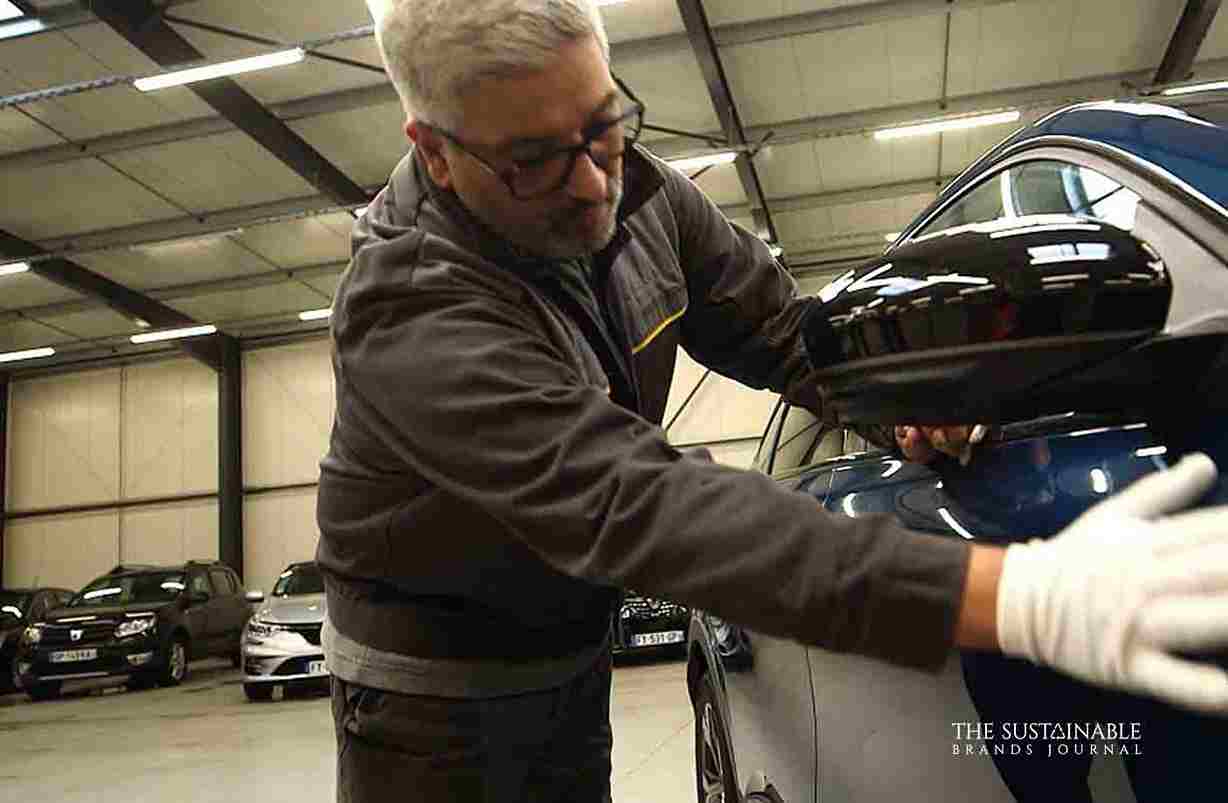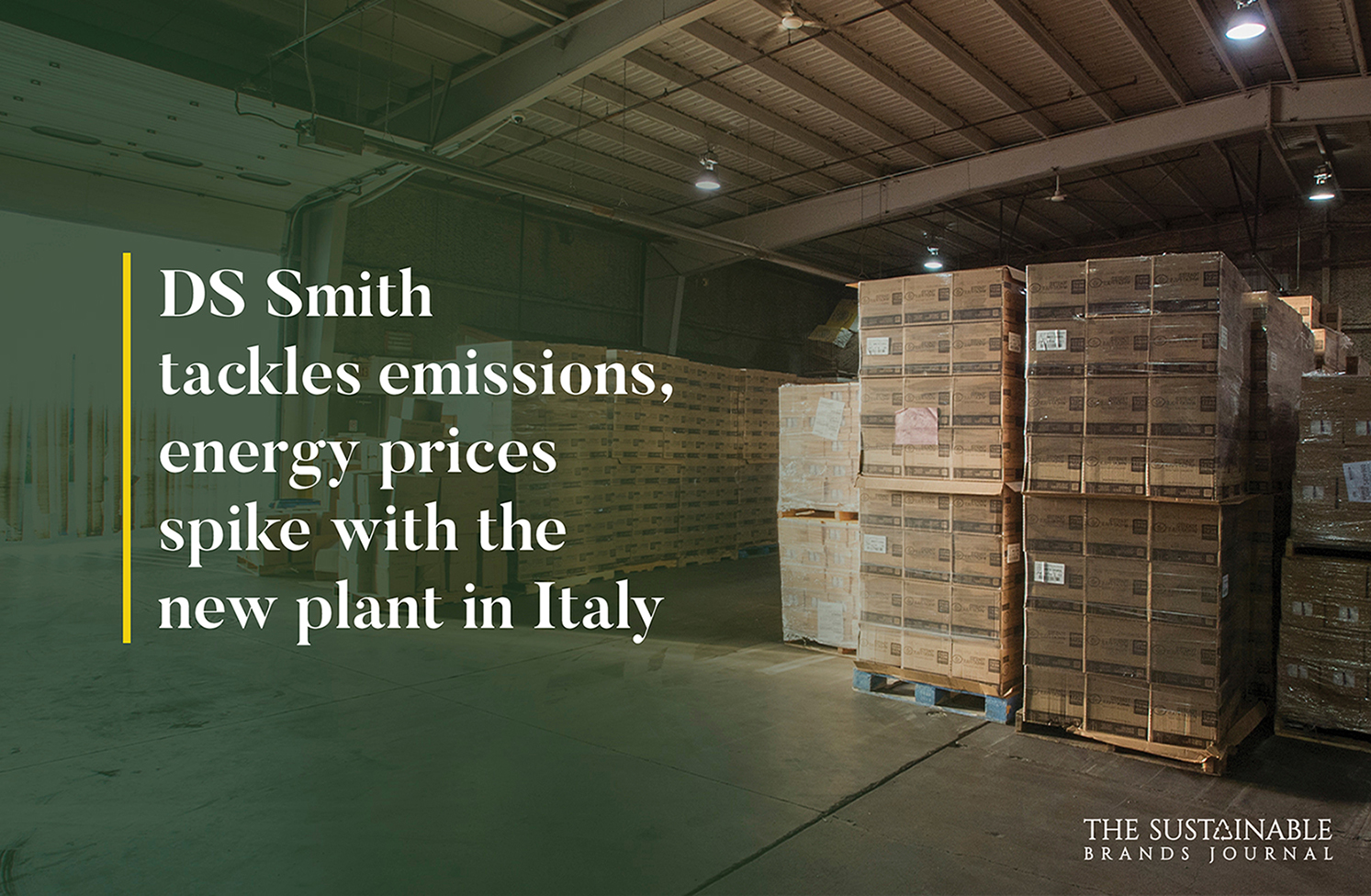
Circular Economy: A $4.1 Trillion Opportunity for Businesses and Governments to Drive Economic Growth and Reduce Waste
The circular economy is a rapidly growing field that has the potential to generate a staggering $4.1 trillion in economic benefits over the next decade, according to a new report from Accenture. The circular economy is based on the idea of keeping resources in use for as long as possible, through recycling, refurbishment, and other forms of regenerative production.
The report, which was released on Monday, estimates that the circular economy could create up to $4.5 trillion in annual revenues by 2030, while also reducing greenhouse gas emissions by up to 2.8 gigatons per year. The report also found that implementing circular economy practices could create up to 28 million jobs globally by 2030.
The circular economy is gaining traction among businesses and governments around the world, as it offers a way to reduce waste and pollution while also driving economic growth. For example, the European Union has set a target of achieving a “circular economy” by 2050, and several major companies, such as Unilever and Philips, have set ambitious circular economy targets of their own.
The report also highlighted several key areas where circular economy practices could have the greatest impact, including in the areas of agriculture, food, and textile production, as well as in the areas of construction and consumer goods. The report urged businesses and governments to take action to accelerate the transition to a circular economy, arguing that the benefits of doing so are too great to ignore.
The circular economy is an economic model that emphasizes the use of renewable energy and the recycling of materials. It aims to move away from the traditional linear model of consumption, in which resources are extracted, used, and then discarded, and towards a more sustainable model of production and consumption. This can be achieved through a variety of different strategies, such as product design for longevity and recyclability, the development of closed-loop supply chains, and the use of renewable energy sources.
One of the key benefits of the circular economy is that it can help to reduce waste and pollution. The traditional linear model of consumption generates large amounts of waste, as products are used and then discarded. In contrast, the circular economy encourages the use of products for as long as possible and promotes the recycling of materials when they can no longer be used. This can help to reduce the amount of waste that is sent to landfills and can also reduce the environmental impact of products throughout their lifecycle.
The circular economy can also help to drive economic growth. According to the Accenture report, the circular economy could create up to $4.5 trillion in annual revenues by 2030, and could also create up to 28 million jobs globally. This is because the circular economy promotes the use of products for as long as possible, which can help to increase demand for goods and services. Additionally, the recycling of materials can create new business opportunities and jobs in the recycling and refurbishment sectors.
The circular economy can also help to reduce greenhouse gas emissions. The traditional linear model of consumption relies heavily on the use of fossil fuels, which are a major source of greenhouse gas emissions. In contrast, the circular economy promotes the use of renewable energy sources and the recycling of materials, which can help to reduce the environmental impact of products throughout their lifecycle.
The report also highlighted several key areas where circular economy practices could have the greatest impact, including agriculture, food and textile production, construction and consumer goods. In agriculture, for instance, circular economy practices can be applied to reduce the use of fertilizers and pesticides and to promote the use of renewable energy sources. In food production, circular economy practices can be used to reduce food waste and to promote the use of sustainable agricultural practices. In textile production, circular economy practices can be used to reduce water and energy consumption, and
It is important to mention that The circular economy could also have a significant impact on resource efficiency, as it aims to keep resources in use for as long as possible, through recycling, refurbishment and other forms of regenerative production. This can help to reduce the amount of natural resources that are extracted and used, which can help to conserve resources for future generations.
The report also noted that the transition to a circular economy is not only beneficial for the environment and the economy, but it also offers a way for businesses and governments to respond to the increasing demand for more sustainable products and services. Consumers are becoming increasingly conscious of the environmental impact of the products and services they use, and they are increasingly looking for more sustainable alternatives. By implementing circular economy practices, businesses and governments can respond to this demand and create products and services that are more sustainable.
To achieve a circular economy, the report suggests that businesses and governments must take a number of steps, including redesigning products and services to make them more durable and recyclable, developing closed-loop supply chains, investing in renewable energy sources, and supporting the development of new circular economy business models.
In conclusion, The circular economy represents a huge opportunity for businesses and governments to drive economic growth, create jobs, and reduce greenhouse gas emissions and resource depletion. It’s time for companies and governments to step up and seize this opportunity, to create a more sustainable future for all. The $4.1 trillion in economic benefits and the potential to create 28 million jobs by 2030 are just a few of the many reasons why businesses and governments should be investing in the circular economy.

Prachi, an accomplished Chief-Editor at The Sustainable Brands Journal, has 15+ years of experience in Europe, the Middle East, and India, managing 90+ global sustainable brands. She’s a prolific writer in sustainability, contributing to various publications. Prachi’s unwavering passion and expertise make her a recognized authority, driving positive change and inspiring a sustainable future.





